Travel to Japan: what to see, most popular tourist destinations in Japan, Japanese tourist visa rules and Kyoto accommodation tax
Table of contents
- Top tourist places in Japan
-
Special places that can only be seen in Japan
- - Hiroshima Peace Memorial Park
- - Chubu-Sangaku National Park, also known as the Japan Alps
- - Miraikan Science and Innovation Museum
- - TeamLab Planets TOKYO Digital Art Museum
- - Studio Ghibli Museum, dedicated to manga and anime
- - Adachi Garden Museum
- - Tsukiji Fish Market is the largest in Japan
- - Monet Pond in Seki
- - National holidays and festivals
- How to get a tourist visa to Japan?
- Kyoto Accommodation Tax
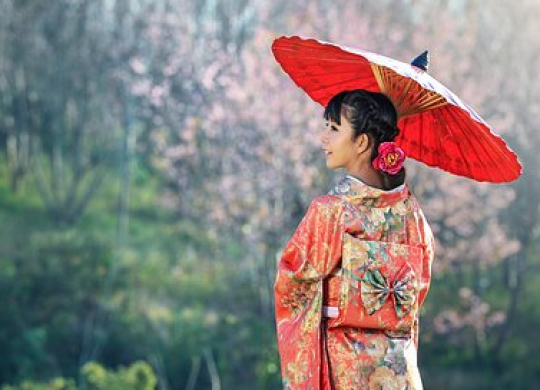
Japan is a country that attracts thousands of tourists every year with its rich culture, numerous attractions and fantastic scenery. Find out what travelers should visit during their trip to the country and what changes tourists can expect in Japan next year.
Japan is a country located on 6,500 islands, the largest of which are Hokkaido, Honshū, Shikoku, Kyushu and Okinawa. The total length of the country from north to south is about 3,000 km, thanks to which Japan is distinguished by a variety of climatic zones. In addition, the 5 snowiest cities in the world are located here.
However, tourists are attracted here not only by the geographical location and natural beauty, but also by the cultural features and unique tourist attractions.
Read on to find out which Japanese tourist places are worth visiting during a trip to the country, how to get a tourist visa and what taxes tourists will have to pay very soon.
Top tourist places in Japan
It is believed that if a traveler has not seen Mount Fuji during his trip, then he has not seen the country. However, the Land of the Rising Sun is not only famous for these volcanoes, the list of popular tourist destinations also includes:
- Tokyo
- Kyoto
- Nara
- Miyajima Island
- Ashikaga Park
- Snow Monkey Park on Honshu
- Kawachi Fuji Botanical Garden
- Nikko Tosegu Shrine
- Himeji Castle (White Heron)
- Japanese Hogwarts from Universal Studios
- Disneyland
- Oceanarium
- Ueno Zoo.
In addition to world-famous natural and architectural sites, Japan can boast a huge number of other interesting things. After all, in each prefecture, a tourist will find something extraordinary. For example, in Yokohama you can see silk production, which is carried out using original technology brought from China. And in the drainage system of the city of Shimabara on Kyushu, carps swim.
Special places that can only be seen in Japan
If you do not want to limit your trip to the most popular tourist attractions, we recommend that you pay attention to the following tourist attractions:
- Hiroshima Peace Memorial Park
Established on the site of the epicenter of the 1954 nuclear explosion. Here you can see a memorial to the victims of the bombing, visit a thematic museum, and also see the Gembaku Dome - the exhibition center building, preserved in the condition in which it was after the explosion. As a reminder of the consequences of the nuclear bombing and a symbol of hope for a nuclear-free world, the building is included in the UNESCO World Heritage List.
- Chubu-Sangaku National Park, also known as the Japan Alps
A visit to this place will appeal to fans of active recreation. Here everyone will find a route for themselves and will be able to enjoy the beauty of untouched, picturesque nature. Those who like to relax with a view of the mountains should visit the village of Oku-Hida: there are hot spring bathing areas nearby.
- Miraikan Science and Innovation Museum
The collection contains only cutting-edge technologies. All exhibits are interactive, and the tour guide is the Asimo android robot created by Honda.
- TeamLab Planets TOKYO Digital Art Museum
An art space where there are no boundaries between technology and art, and each visitor becomes a part of the installation.
- Studio Ghibli Museum, dedicated to manga and anime
It was opened with the participation of Hayao Miyazaki. The maestro personally designed the project. Therefore, the space is a multi-story labyrinth, traveling through which guests get acquainted with the history and methods of creating anime. You can also meet Totoro and other favorite characters of the studio here. You should take care of tickets in advance: sales open on the museum's official website only on the 10th of each month for the dates of the following months.
To move, travel or work safely in a new country, you will need health insurance. You can apply for an extended policy on our website here.
- Adachi Garden Museum
More precisely, 6 garden compositions in Japan, among which you can see a variety of coniferous trees, an artificial 15-meter waterfall, a traditional rock garden and a tea house. For foreigners, it may seem strange that you cannot walk in the gardens - only admire them through the panoramic windows of the pavilions, but the reason is simple: everything is calibrated to the centimeter and a unique microclimate has been created here that does not tolerate human intervention.
- Tsukiji Fish Market is the largest in Japan
A tourist can get a lot of emotions here and buy everything except fish: guests are only allowed to watch the tuna auction from the glass galleries, but then you can go to the food court and taste fresh seafood.
- Monet Pond in Seki
It appeared near the Itadori Flower Park. The owner of the park cleaned out an old reservoir for irrigation of rice fields, put it in order and released fish. Due to the rich color of the plants and crystal clear water, viewers get the impression that dyes or LED lamps are added to the pond. But this is not so. The magic is in careful care and a well-balanced composition.
- National holidays and festivals
The national traditions of Japan are impressive. To get acquainted with the local flavor, travelers should choose the time of their trip taking into account local holidays: Sakura Day, the Rice Planting Festival with the participation of the Emperor, the Sapporo Snow Festival, Girls' Day Hinnamatsuri, the Tanabata Festival or the Mid-Autumn Festival - Tsukimi.
Each of these days is accompanied by magnificent ceremonies and a mandatory dress code: local residents wear the best kimonos, yukata, geta and take bamboo umbrellas.
How to get a tourist visa to Japan?
If you are planning to visit Japan for tourism purposes, you will most likely need a Japanese tourist visa.
Japan is one of the most visited countries in the world, welcoming millions of tourists each year, including citizens of Kyrgyzstan, Venezuela, Moldova, and Ecuador.
- Visa-free entry to Japan
If you are from one of the following countries, you can visit Japan without a visa for up to 90 days: Argentina, Australia, Bahamas, Brunei, Canada, Chile, Costa Rica, Dominican Republic, El Salvador, Guatemala, Honduras, Hong Kong, Iceland, Israel, Macau, Mauritius, Mexico, New Zealand, North Macedonia, Norway, South Korea, Singapore, Slovakia, Suriname, Switzerland, Taiwan, Tunisia, United Kingdom, and Uruguay.
- What documents do I need to apply for a tourist visa to Japan?
When you apply for a Japanese tourist visa, you will need to have several supporting documents:
1. A completed and signed Japan tourist visa application form.
2. Your passport is valid for at least six months and has at least two blank visa pages.
3. Your passport-sized photos.
4. Flight itinerary.
5. Daily itinerary, you must include your daily activities in Japan.
6. Invitation letter from a Guarantor or if you are self-financing your trip: bank statements for the last three months.
7. Employment certificate.
The processing time for a Japanese tourist visa is 5 business days from the date the embassy or consulate receives your completed application.
Kyoto Accommodation Tax
For tourists planning a trip to Japan next year, it is important to know that in 2026 Kyoto will significantly increase the accommodation tax, which has been levied in the city since 2018.
The following rates are expected to be in place next year, in time for the cherry blossom season:
- for rentals under ¥6,000 ($38) per night – ¥200 ($1.3)
- from ¥6,000 ($39) to ¥19,999 ($128) per night – ¥400 ($2.6)
- from ¥20,000 ($129) to ¥49,999 ($320) per night – ¥1,000 ($6.4)
- from ¥50,000 ($321) to ¥99,999 ($643) per night – ¥4,000 ($26)
¥100,000+ ($644+) per night – ¥10,000 ($64)
Kyoto expects to collect 13 billion yen from this tax, which is about $83 million.
Japan is an interesting and unusual country that every traveler should visit at least once in their life, but when planning a trip, do not forget about travel insurance - a policy that can protect you from unforeseen expenses when traveling outside the country of residence.
Let us remind you! In 2024, Japan launched a digital nomad visa that will allow remote workers to live and work in the country for 6 months. We have already told you what requirements are imposed on expats and what is the procedure for obtaining a document.
Ihor Usyk - head of Visit World's legal department
Products from Visit World for a comfortable trip:
Checklist for obtaining a visa and necessary documents for Japan;
Legal advice on immigration to Japan;
Travel insurance for foreigners in Japan;
Medical insurance all over the world.
Recommended articles
2 min
Expats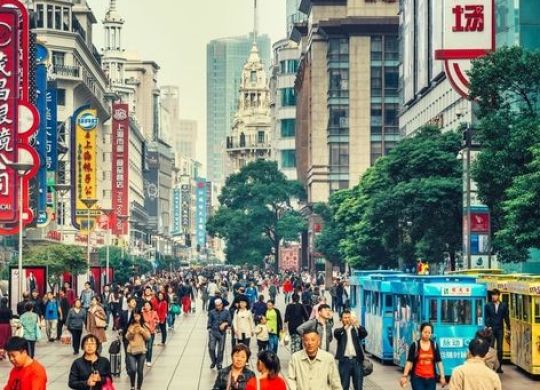
Every year, more and more expats dream of moving to China for permanent residence, because the country offers favorable conditions for living, working and relaxing. Learn more about the features of life in the country, the necessary documents for obtaining a visa and the conditions for obtaining Chinese citizenship in 2025
21 sty. 2025
More details1 min
Travels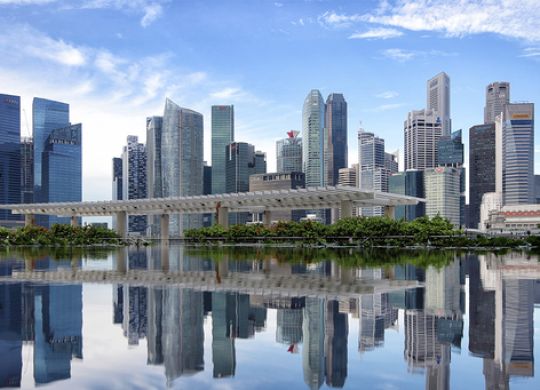
China extends visa-free regime for 46 countries until 2026. Find out who is eligible to enter, what documents are required and what to do if your country is not on the list
16 lis. 2025
More details2 min
Expats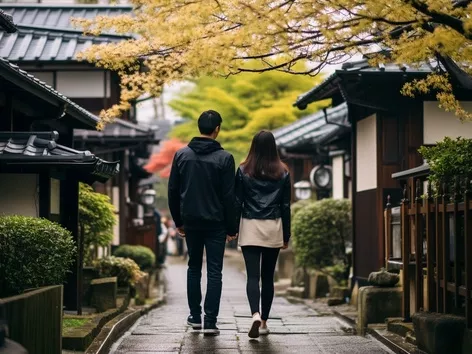
How to Move to Japan If You're from the U.S. in 2025: a detailed guide
Japan is a promising country for expats to move to, because it offers a moderate cost of living and career prospects. Learn how to move to Japan as a US citizen in 2024/2025
20 lis. 2024
More details2 min
Residence permit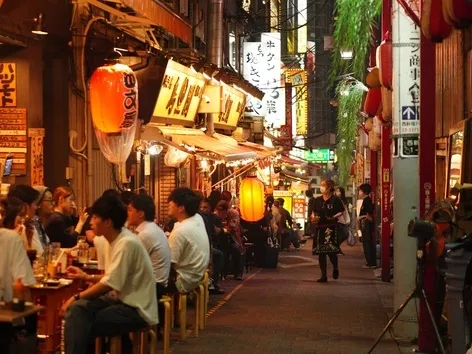
Cost of living in Japan: expenses for housing rent, food, transport and monthly budget
Japan attracts expats with its rich cultural traditions, delicious cuisine, technological advancements, and stunning natural beauty. However, before planning a move to Japan, it is important to determine whether the cost of living in the country is affordable compared to the country you currently reside in. Find out how much it will cost to live in Japan in 2024/2025
26 lis. 2024
More detailsAll materials and articles are owned by VisitWorld.Today and are protected by international intellectual property regulations. When using materials, approval from VisitWorld.Today is required.
